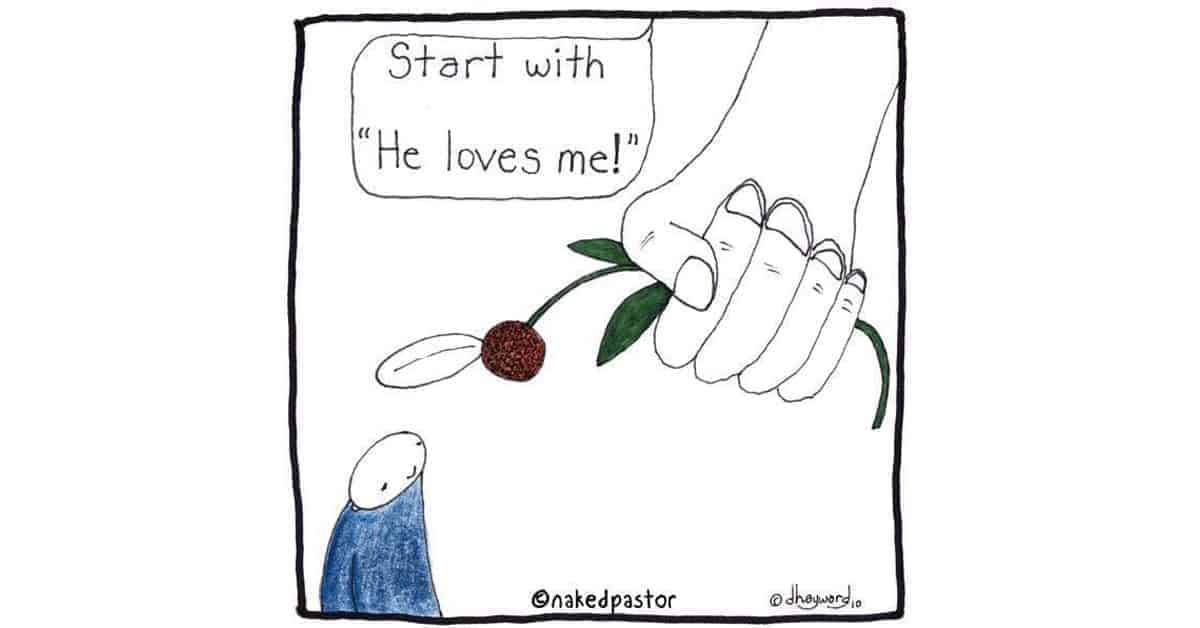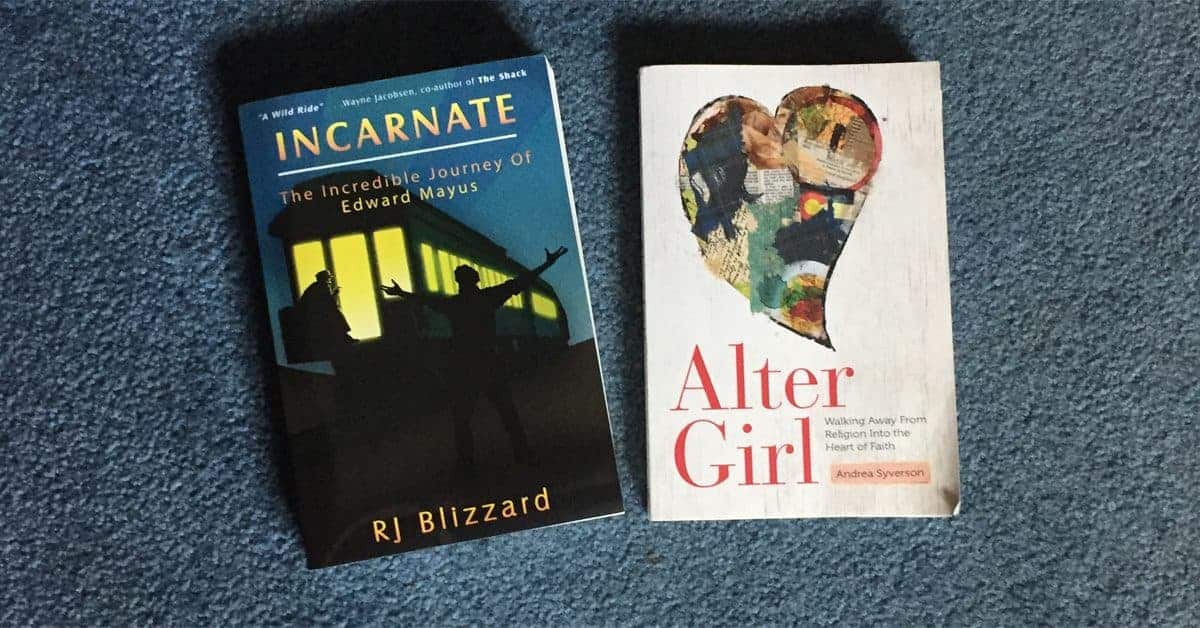Yet another self-published book arrived on my desk last week. Just looking at it my heart sank. Regardless of what was inside the presentation of the book itself screamed, “Don’t read me!” Somebody had poured their heart and soul into that book, but it is highly unlikely that it will find an audience beyond the immediate friends and acquaintances of the one who wrote it.
Writing a book isn’t easy. Many talk about it; few actually accomplish it. Now that you’re done, you want to share it with the world. Most will first seek out a publisher who will love their book as much as they do and soon discover that the publishing companies you know about won’t even look at your manuscript. They will only take manuscripts from agents and agents are more difficult to find than publishers, and even harder to impress.
After failing to find an agent or publisher, many turn to self-publishing. And why not? In this day of on-line retailers, books-on-demand, and e-books, it has never been easier or cheaper to launch your book into the marketplace. According to Bowker, the company that registers UPC codes, over 700,000 were published last year. That’s a lot. If you want people to find your book in that haystack, it will help to give it every advantage you can.
Over the last few years, I’ve reviewed hundreds of manuscripts and self-published titles because of all the books I’ve published, including my involvement with The Shack. That title was originally self-published and sold over 24 million copies and was adapted into a feature film. I not only helped re-write the book but then published it when all the publishers I knew turned it down. So I’ve done it all. I’ve published books on my own, with traditional publishers, and even formed a publishing company.
I get more requests to help new authors than I can possibly meet and get anything else done. Ten years ago I wrote an article for Windblown Media about why self-publishing is a credible alternative for first-time authors. However, to find an audience that way you have to avoid certain pitfalls that most self-published authors make. I’ve even tried to warn some in advance, but most don’t listen. They are so excited about their work to take a step back and consider that how they put the book together will have more impact on their book’s reach, than what they’ve written.
So here’s what I think is important for your book to reach beyond your family and friends and find an audience with people who do not know you. Take it for what it’s worth. I have made most of these mistakes, as have a few big-time publishers. These are not ironclad rules and you are free to ignore them. And, yes, I know there are books that violate these and still found their way to the top of best-seller lists, but that’s often in spite of their failures not because of them.
But here are my nine fatal mistakes of self-publishing:
1. Writing to yourself
I realize that journaling your own story is very helpful for people to process their journey. That may be a story you need to tell but it won’t be the story others will want to read unless it is written to them. This isn’t testimony-time at church no matter how compelling your story or how many people have told to write it. The reader doesn’t care about your life, they care about theirs and how what you have learned in your journey will answer some of the needs and struggles on their own.
Ninety percent of the manuscripts I receive are memoirs, where the author assumes people who don’t know them will be interested in reading their life story. Try as I might to get them to abandon the format to make their book accessible to others, most don’t listen. The book falls flat, leaving some incredible wisdom unavailable to people who would have benefited by it. Writing a memoir is the privilege of the famous, and even then someone else usually writes it for them. Your story may be an illustration of what you’re writing; your book needs to be about the life lesson that will help your order.
2. Not making your book unique
With all the books being written on similar subjects find something that makes your book unique. Most people think their story or their “take” is unique enough, but books that do well have a unique aspect that gets others talking. Is it especially funny, thought-provoking, emotionally compelling, or has a plot twist that will take the reader by surprise.
Book sales are driven by word-of-mouth, which has become so much easier through social media. If your readers are excited about it, they will talk about it, quote it, and encourage others to pick it up. Advertising your book, while helpful, is not enough. It will not overcome people feeling like they’ve read this before. Word-of-mouth has to come from a genuine passion to communicate effectively and uniqueness is the key to that passion. And don’t beg your friends to all buy it at the same time on Amazon so you can claim it as a best-seller. That will only backfire as a cheap trick. Until you find something unique about your story or the way you’re telling it, you’re not ready to publish it.
We knew we had something with The Shack early on, because we didn’t just get good feedback, we had our reviewers begging us to let them pass the manuscript on to their friends. They weren’t trying to do us a favor, but doing what they desperately wanted to do. If your friends aren’t that excited about it, others won’t be either.
3. Not cutting enough
Regardless of how long your book is when you think you’ve finished it, cut it by another 20%. I learned this by working for Leadership Journal as a contributing editor. When I was done with an article and thought it as streamlined as possible, they would make me cut another 20%. It was always better when it was tighter, more focused, and when every unnecessary word or illustration was removed. Self-published authors don’t cut enough. Their writing comes off as indulgent since they haven’t made the important choices for their reader.
When you write a good book, it takes on a life of its own. There are things you might want to include, but it will weigh the story down with meanderings that will lose the reader’s interest. With so much out there to read, most are just looking for an excuse to put down your book and get on to the next one. You have to grab your reader from page one and hold them throughout. I know it’s hard to leave out the good stuff you’ve written that the book does not demand. It’s easier to include everything than to make the hard choices between what you want and what is essential. To be honest even most books by publishing companies are too long with too many unnecessary words, usually adjectives. Simple and direct adds to the artistry of a good read.
4. Talking down to the reader
Everyone appreciates a little respect. Don’t treat your reader like a child, telling him how to read your book and what she should get out of it. Real experts trust their material to make their case and don’t embellish it by trying to come off as a know-it-all. Be genuine with your reader, alongside them as they consider your words.
Don’t italicize words so they know how you want them to read it. When you’re giving them your advice, don’t use “you must,” “you need to,” or “you should”. It will make them defensive instead of receptive. Trust them to find the meat and chew on it.
5. Not getting honest feedback
If all your friends love your book, you’re not getting honest feedback. There’s no book that can be improved or focused more clearly. We went through four re-writes of The Shack, each time submitting it to people we knew would be critical of it. And we listened, incorporating the changes we could to make the story better.
Where did the story work? Where did it get bogged down? You don’t’ just need an English teacher friend to proof it for grammar; you need a content editor to tell you where the story goes off-track, doesn’t make sense, or lags. If your friends only give you positive feedback, draw them out by asking what would make it better, or what’s the weakest part of the book. Getting their honest thoughts and adapting it to the manuscript will make it stronger when it gets to your audience.
6. Using an unprofessional cover design
Everyone has a friend who is a graphic artist, or the author has already worked out the cover in his own mind and simply looks for someone to produce it. The result is it looks cheap, without the appropriate text on the front and the back cover most inviting to the reader. Fully ninety-five percent of the self-published books I receive look cheaper and less inviting than the content inside would warrant.
What got The Shack recognized at Barnes and Noble was the cover. It was on a review table of self-published books when the buyer pulled it off and handed it to her assistant thinking it was in the wrong place because of its design. Her assistant assured her that it was a self-published book, but the cover alone got her to begin to give it a good look. Within a few hours, they were ordering 25,000 copies for the front of the stores nationwide.
Your friends and acquaintances will read your self-published book, but their friends and colleagues won’t if it looks self-published. If it looks cheap, they’ll conclude it is cheap without giving it a look. Your book should look exactly like it was produced by a major publisher, even including a publishing company name that sounds real. The design will cost some money, but it is the most important part of a book’s presentation. Find a designer that has already published books in the market place and make sure your book looks like those you see in a bookstore.
7. Getting cute with the inside layout
Just like the cover, you want the interior to beckon the reader’s eyes, not repel them. There’s a reason why publishers print books with wide margins and use fonts that are pleasant to read. They invite the eye to the text. Books printed with fonts like Arial, Comic, or Helvetica may look unique, but they are hard on the eyes and people will have an aversion to reading them.
Authors who try to save page count with too small a font or too narrow a border are telling their readers, “Don’t read this!” I understand why they want to save money, but you’re only hurting yourself in the long run. Better to edit down the book to save space rather than make the text look unprofessional or overwhelming.
8. Paying someone else to publish it for you
Vanity publishing is quite an industry. They will help you print your book, get a cover, and “distribute it to the trade.” They will tell you they can get it into bookstores, but don’t expect that they will. If they are charging you to ”help” with your book, they’ve already made their money. They know the average self-published book doesn’t sell well, so they make their money when they sold you the publishing package. They will send out informational brochures to retailers and put them on a website, but most have way too many titles to represent yours well. Don’t expect to see your book in stores or for them to get you interviews.
I realize finding your own editor, cover designer, layout person, and then getting it distributed is a huge growth curve and you may want those services all in one place for you. That may be worth the cost; just don’t expect them to do more than that.
9. Expecting an audience to show up out of thin air
“I know this is going to sell a million copies.” I’ve heard that at least a dozen times from aspiring authors. They have no idea what it takes to sell that many, nor does anyone else or every book would sell a million.. According to BookScan, which tracks most bookstore, online, and other retail sales of books, only 299 million books were sold in 2008 in the U.S. in all adult nonfiction categories combined. The average U.S. book is now selling less than 250 copies per year and less than 3,000 copies over its lifetime.
Too many authors just think that because their book is in the marketplace it will sell well, and most come away extremely disappointed. Making your book known among the other 700,000 books published each year will take some work on your part. What will separate you from the pack? Creating an audience before your book comes out. What have you already done to help find an audience? Do you blog? Do you submit articles to websites and magazines consistent with what you want to write? Post sample chapters a few months before to see if people become engaged with your story or the counsel you wish to share. If you can’t find an audience for articles or blogs online you most likely won’t find one with your book.
Not every book is meant to be a best-seller, nor does it need to be. Some of the best books I’ve read didn’t sell well and some of the best letters I’ve received about one of my books have touched me so much that it would have been worth writing it if they alone had read it. Success is not found at the top of best-seller lists, but knowing that you’ve put something in the world that touches the lives of others, whether it be for a million, or a hundred and fifty.
It is easy to publish a book these days, but it isn’t easy to find its audience. That will depend on you providing the most inviting package possible. None of these guarantee anything, of course, but each will at least give your book the chance to fly.


















